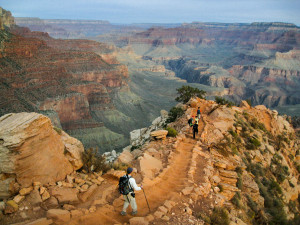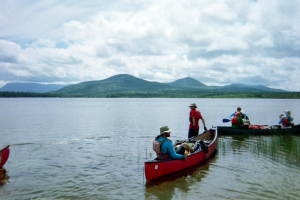The National Park Service since 1997 has engaged in an effort call “Preventative Search and Rescue” (PSAR ), in a proactive attempt to reduce the need to engage in searches and rescues of park visitors.
This effort generally involves educating park visitors about potential hazards (understanding foreseeable risks), as well as what equipment and time might be required to complete a planned hike in the park wilderness. https://www.nps.gov/grca/learn/photosmultimedia/hike_smart-01.htm
Questions potentially asked of park visitors in the Park Service PSAR program include the following:

- Where are you hiking today?
- Do you know how far that is and how long it will take you to complete the hike?
- Do you have enough water and food with you?
- Are you drinking your water?
- Do you have the right gear, including a flashlight and a jacket?
- Do you know what temperatures to expect?
An outdoor blog lists the following PSAR reminders which an outdoor participant should keep in mind to reduce the possibility of need for search and rescue:

- Do your homework
- Be honest with yourself
- Bring the right gear
- Know what to do in an emergency
- Remain aware of your surroundings
The above issues are generally aligned with those addressed by BSA‘s Trek Safely guidelines.
The takeaway for adult leaders? Adequate preparation for an outdoor activity is an essential aspect of avoiding the need to call for search and rescue assistance (which in the end may or may not even be readily available and may not be able to be counted upon)!
